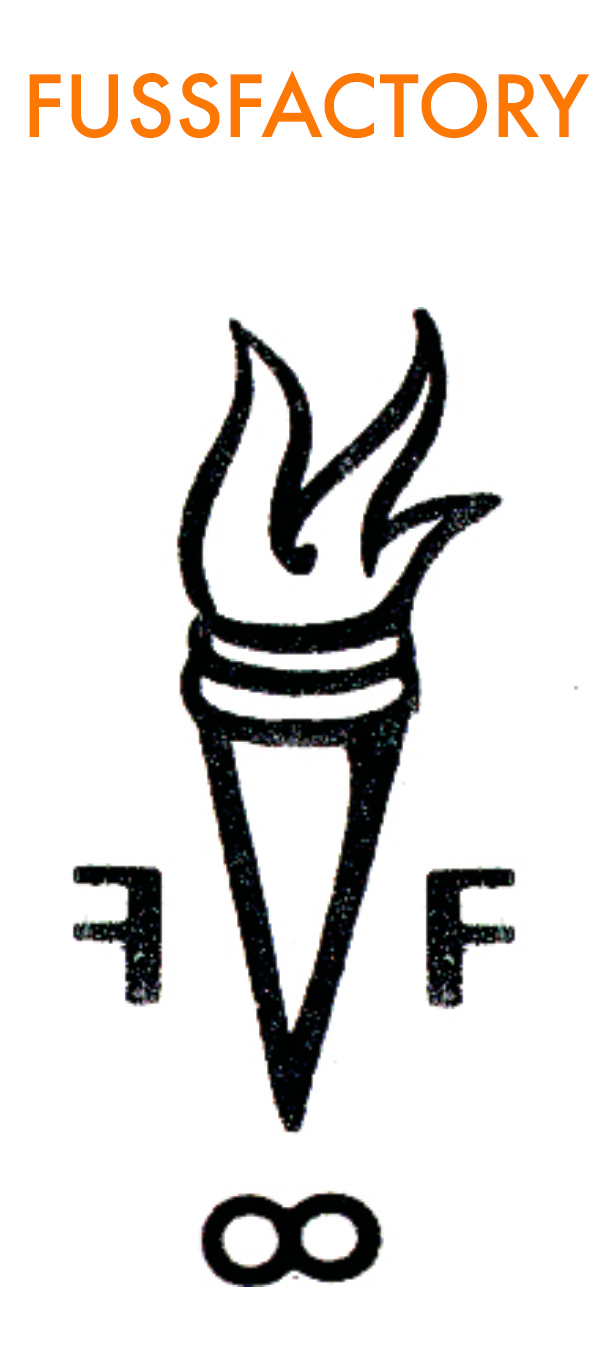#sparkchamber 082321 — Alexander Calder
A subject that comes up a lot in conversations about creative process is inspiration — the trigger, the thing that starts the ball rolling on an unforeseen path, the spark in #sparkchamber. And today we celebrate that divine, capricious, startling disruption two ways: We kick off by wishing a big happy birthday to sculptor Alexander Calder, and, through kismet or divine overlap, also wishing each of you an unexpected, head-clearing, perspective-shifting Ride the Wind Day.
What is Ride The Wind Day? On this date in 1977, hang-glider pilot and amateur cyclist Bryan Allen commanded a human-powered aircraft [a Gossamer Condor built by Dr. Paul MacReady] through a figure-eight course around two markers set one-half mile apart. This first-ever feat earned Dr. MacReady the first-ever Kremer prize, and the sum of £50,000. Ride The Wind Day commemorates and celebrates that achievement.
And what a beautiful mental image the name conjures. Drifting on a breeze, floating like a cloud, carried wherever the currents take you. And just as the wind may change its direction, velocity, or intensity at any time, we all hold a similar capacity to change our life’s course without reason, rhyme, or warning. Which brings us back to the birthday boy.
Born in Pennsylvania in 1898, and raised in a family of acclaimed, though more classically trained artists, Alexander Calder changed the course of modern art. “Why must art be static? he once asked, with a tinge of defiance. The next step in sculpture is motion. This question, or near challenge, impelled the artist to investigate mass and materiality, space and movement.” Essentially drawing three-dimensional figures in space using wire, he invented a new artform — the mobile. Abstract forms suspended, kinetic, able to move freely through the air, changing their relative position, embracing chance, offering multiple and ever-changing views.
It’s hard to even imagine a world without mobiles, and we have the whimsy, the spark, the leap of curiosity taken by Alexander Calder to thank for that. If you want to try your hand at making one, it’s about balance and physics — not as hard as it might seem, though. “The trick is that you build the mobile from bottom to top,” says Marco Mahler, a kinetic sculptor specializing in mobiles. “Find the balance point between the bottom two elements. Then you add the next element on top of that and find the balance point between the new element and the first two elements and so on.”
He goes on to say, “Use whatever you want for weights or to connect the pieces. The possibilities are infinite.” True for mobiles, true for everything.
1] Where do ideas come from?
The first inspiration I ever had was the cosmos, the planetary system.
If you can imagine a thing, conjure it up in space then you can make it … The universe is real but you can’t see it. You have to imagine it. Then you can be realistic about reproducing it.
2] What is the itch you are scratching?
Why must art be static? You look at an abstraction, sculptured or painted, an entirely exciting arrangement of planes, spheres, nuclei, entirely without meaning. It would be perfect but it’s always still. The next step in sculpture is motion.
Just as one can compose colors, or forms, so one can compose motions.
When everything goes right, a mobile is a piece of poetry that dances with the joy of life and surprise!
Above all, art should be fun.
3.] Early bird or night owl? Tortoise or hare?
The simplest forms in the universe are the sphere and the circle. I represent them by disks and then I vary them … spheres of different sizes, densities, colors, and volumes, floating in space, traversing clouds, sprays of water, currents of air, viscosities and odors — of the greatest variety and disparity.
I paint with shapes.
I love red so much, I almost want to paint everything red.
4] How do you know when you’re done?
My fan mail is enormous. Everyone is under six.



